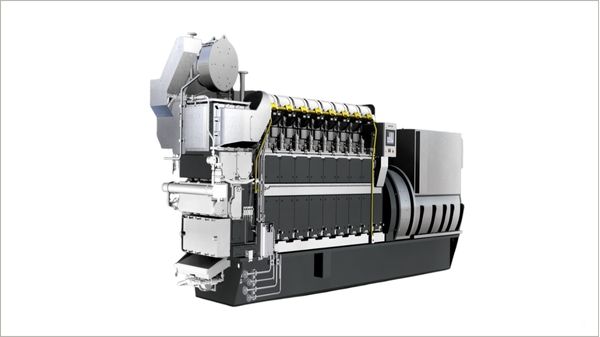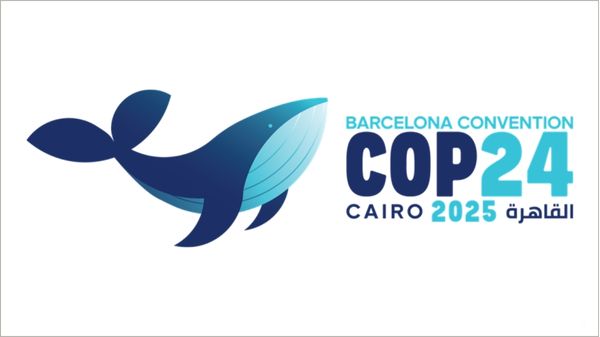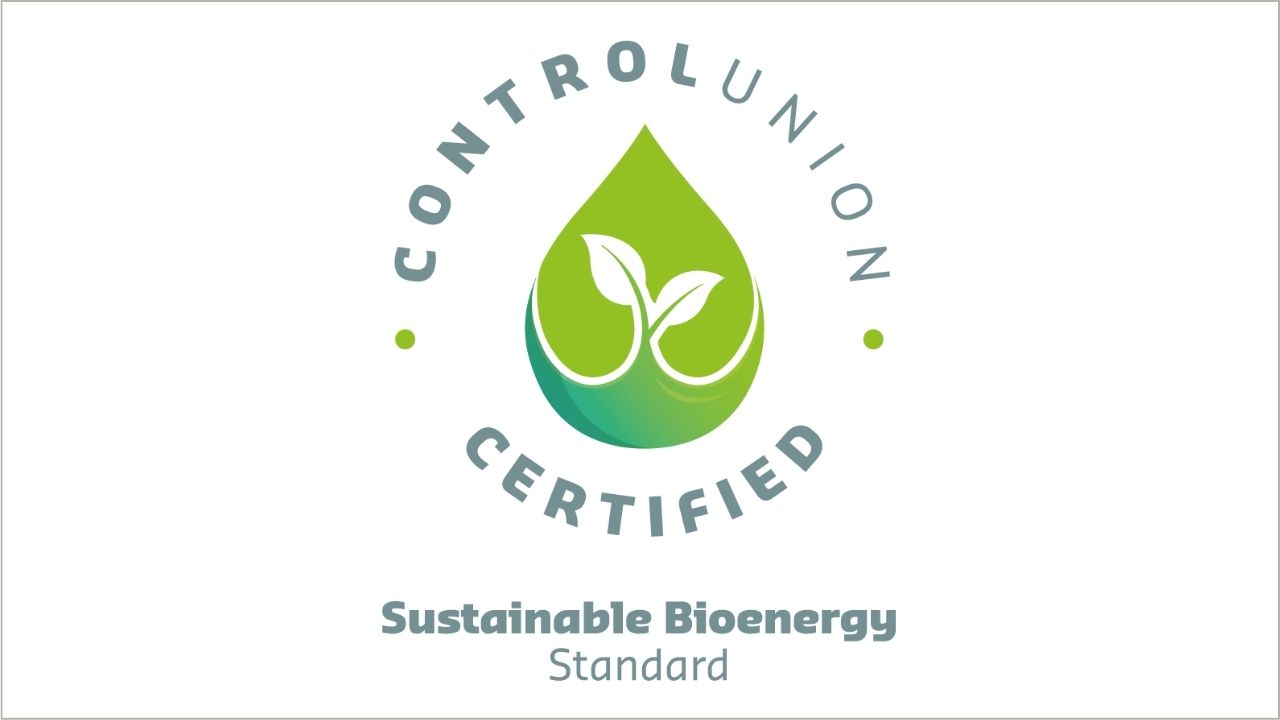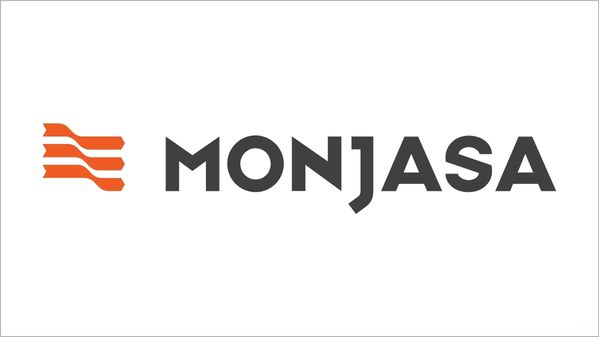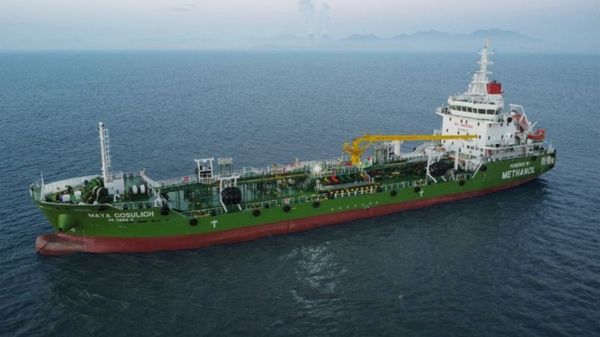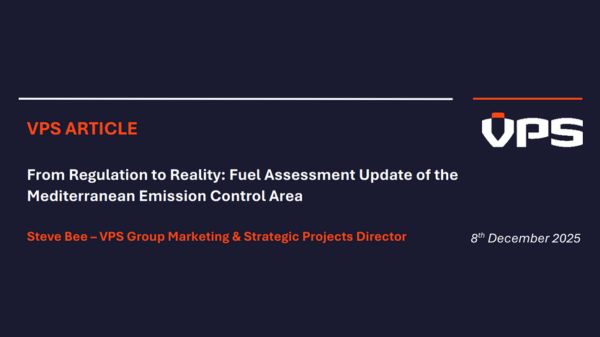LNG bunker player
Enagas has become a signatory to a set of 'Guiding Principles on Reducing Methane Emissions across the Natural Gas Value Chain'.
Developed in November 2017 by a coalition of industry businesses, international institutions, non-governmental organisations (NGOs) and academics, the Principles focus on five key areas: continually reducing methane emissions - where methane emissions refer to venting, fugitive (unintended) emissions, and incomplete combustion, including during flaring - across the natural gas value chain; advancing strong performance across gas value chains; improving accuracy of methane emissions data; advocating sound policies and regulations on methane emissions; and increasing transparency.
In a statement, Enagas said: "The signing highlights the company's commitment to reducing methane emissions - an area in which Enagas has been working for years."
The company outlined the work it has carried out in the detection of methane emissions with the support of its startup business, Vira Gas Imaging, which manufactures infrared cameras.
In addition, Enagas noted that it actively collaborates with various associations in the study and research of methane emissions.
"Numerous studies show the importance of rapidly reducing methane emissions if we want to meet the growing demand for energy and multiple environmental objectives," said
Mark Radka, who heads the UN Environment Programme's Energy, Climate, and Technology Branch.
"The Guiding Principles provide an excellent framework to achieve this purpose in the entire natural gas value chain, especially if they are linked to the provision of information on the reduction of emissions achieved," he added.
'Methane slip' in shipping
The leakage of methane - also known as 'methane slip' - is an issue that has been discussed previously on this site and in research studies.
Last year,
a study entitled 'State-of-the-art technologies, measures, and potential for reducing GHG emissions from shipping - A review', warned that methane slip from a ship's engine is a potent greenhouse gas (GHG) that could pose challenges.
Also, in 2016, the former CEO of the International Bunker Industry Association (IBIA), Ian Adams, argued that,
whilst the chemical makeup of LNG would result in a lower emission of carbon dioxide (CO2),
switching to LNG would only require a 4 percent slip through the supply chain to equal the CO2 emissions from the industry's current consumption of heavy fuel oil, and less than a 1 percent slip for there to be no gain from a GHG perspective.
Meanwhile, earlier this year, SEA\LNG, the multi-sector industry coalition aiming to accelerate the widespread adoption of LNG as a marine fuel, posited that "
through the use of best practices and appropriate technologies to minimise methane leakage, realistic reductions of GHG by 10-20 percent with a potential for up to 25 percent compared with conventional oil-based fuels can be expected".
Signatories
Companies that have already signed the Principles include: BP, Enagas, Eni, ExxonMobil, Gazprom, Qatar Petroleum, Repsol, Shell, Statoil, Total, Wintershall and Woodside.
Other signatories are: Environmental Defense Fund, The Energy and Resources Institute, the International Energy Agency, the Oil and Gas Climate Initiative Climate Investments, the Rocky Mountain Institute, the Sustainable Gas Institute and United Nations Environment.
Five main areas of the Guiding Principles
The five key areas of the Guiding Principles have been outlined below.
1. Continually reduce emissions
- We establish and maintain plans to systematically monitor and reduce methane emissions from identified sources in our existing operated assets, and we will prioritise higher emitting operations. We incorporate the management of methane emissions in maintenance plans, and the design and construction of new projects. We encourage these actions in non-operated assets.
- We will reduce venting, and fugitive methane emissions, and improve combustion efficiency. We implement systematic leak detection and repair programmes, prioritising potential higher emitting sources.
- We implement and continue to develop effective technologies and practices for monitoring and reducing methane emissions, and consider them in our project engineering and design.
- We provide financial and operational support for the development and deployment of innovative technologies and approaches that monitor and reduce methane emissions.
2. Advance strong performance across gas value chains
- Given that it is necessary to understand methane emissions across the whole natural gas value chain, we seek to engage with upstream, midstream and downstream participants to undertake studies to that end.
- Through industry partnerships, trade associations and proactive stakeholder engagement, we work to help improve approaches to and the application of robust methane emissions management, including sound estimation, detection and abatement practices, as well as robust reporting as defined in Principle 5.
3. Improve accuracy of methane emissions data
- In operated assets, we continuously improve methane emissions data collection methodologies to improve the accuracy of methane emissions data.
- We will support research that improves the accuracy of the quantification of methane emissions, and make progress towards verifiable reductions.
4. Advocate sound policy and regulations on methane emissions
- We advocate for sound methane policies and regulations that incentivise early action, drive performance improvements, facilitate proper enforcement, and support flexibility and innovation.
- We work constructively with international institutions, governments, industry and NGOs in the development and implementation of effective methane abatement policies and regulations.
5. Increase transparency
- We provide information in our relevant external reports on methane emissions data, methodologies used to derive these data, and progress and challenges in methane emissions management.
- We contribute towards the standardisation of comparable external methane reporting, thereby simplifying the reporting process, which may encourage others to participate.

